Scientists use 3D printing to combine fundamental biology research methods with high-throughput screening of cell culture surface topographies.
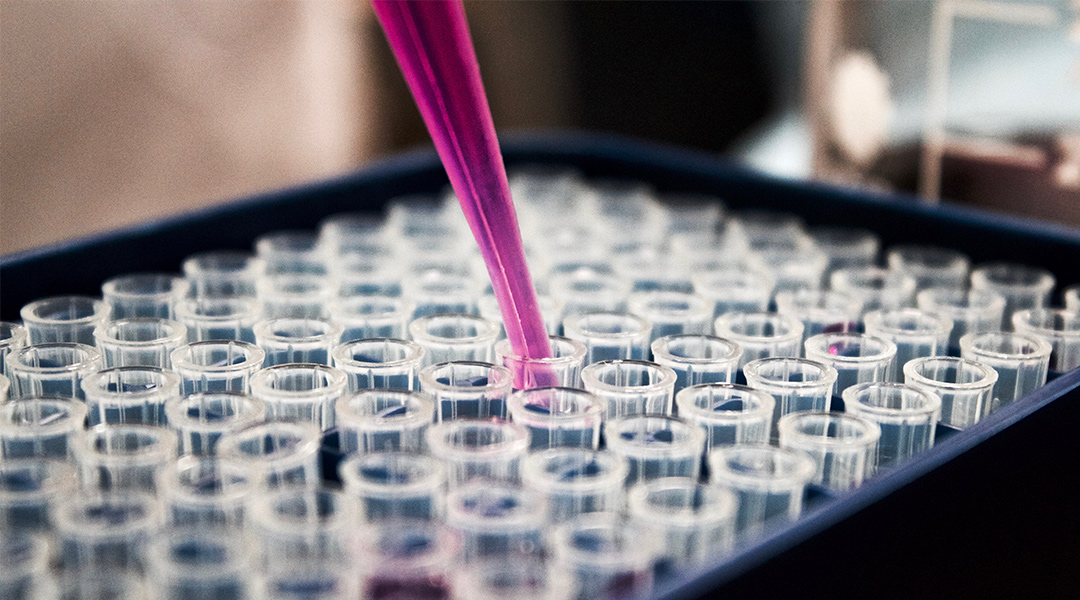

Scientists use 3D printing to combine fundamental biology research methods with high-throughput screening of cell culture surface topographies.
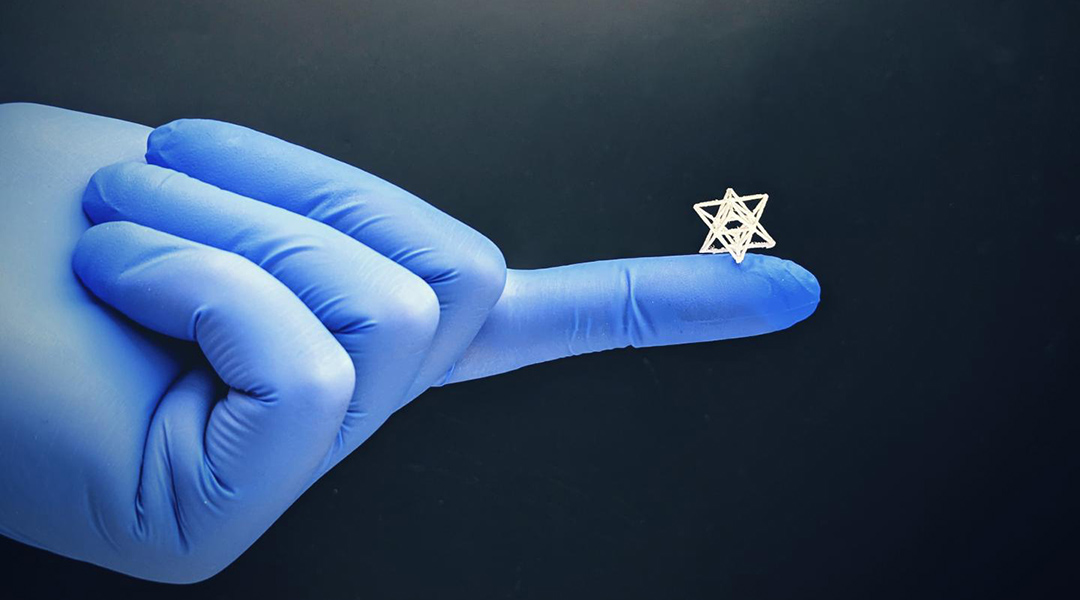
Researchers have flipped traditional 3D printing to create some of the most intricate biomedical structures yet.
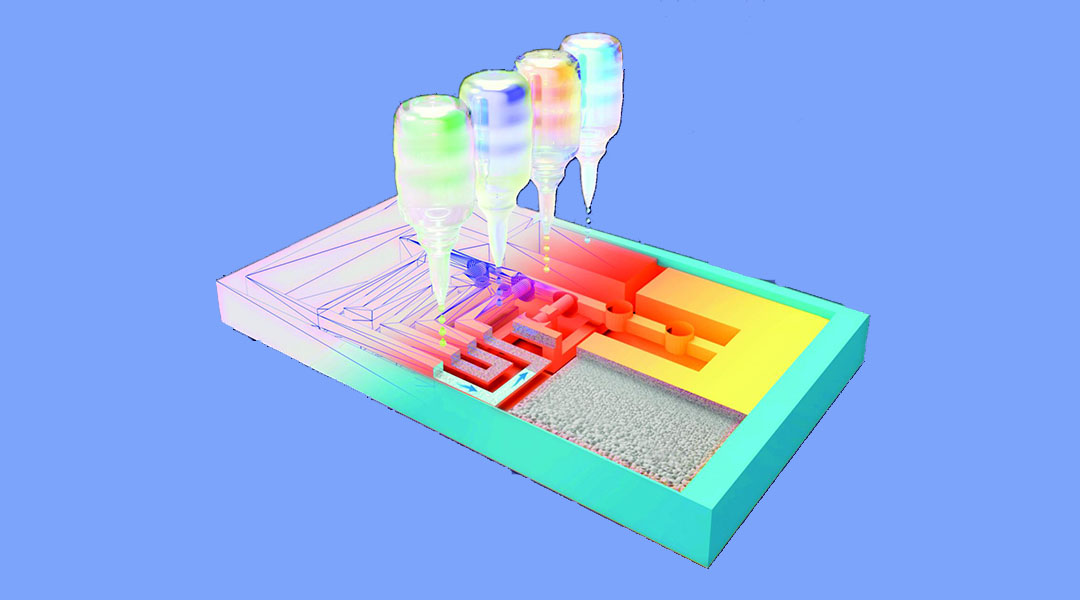
A new 3D-printing technique makes rapid self-tests based on lateral flow technology less expensive and easier to scale.
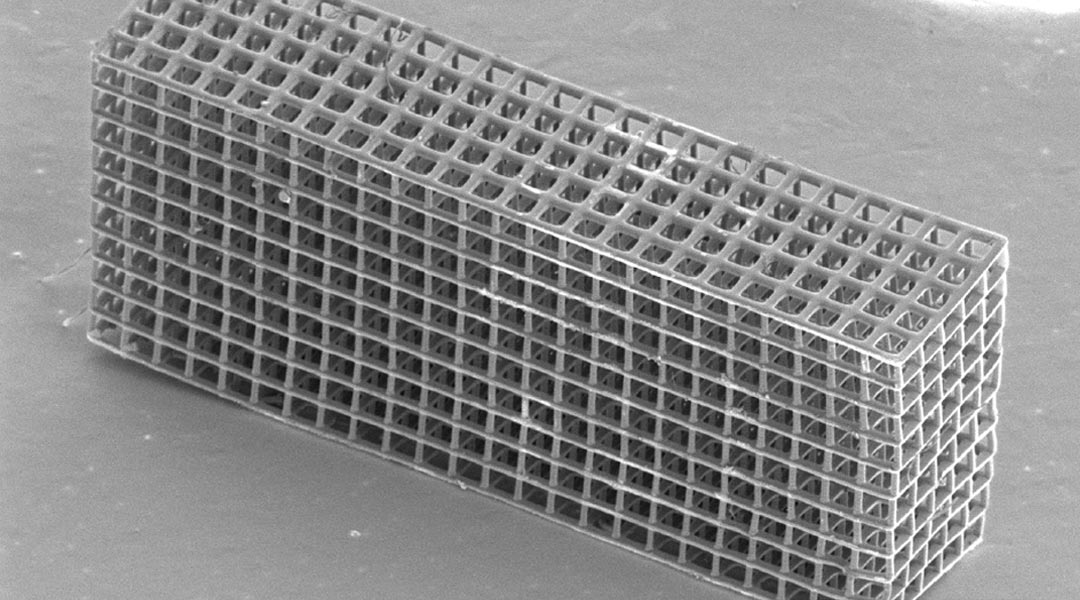
Increasing the mass of an electrode reduces power density due to the longer distance that ions and electrons must travel. Electrode designs need a rethink.
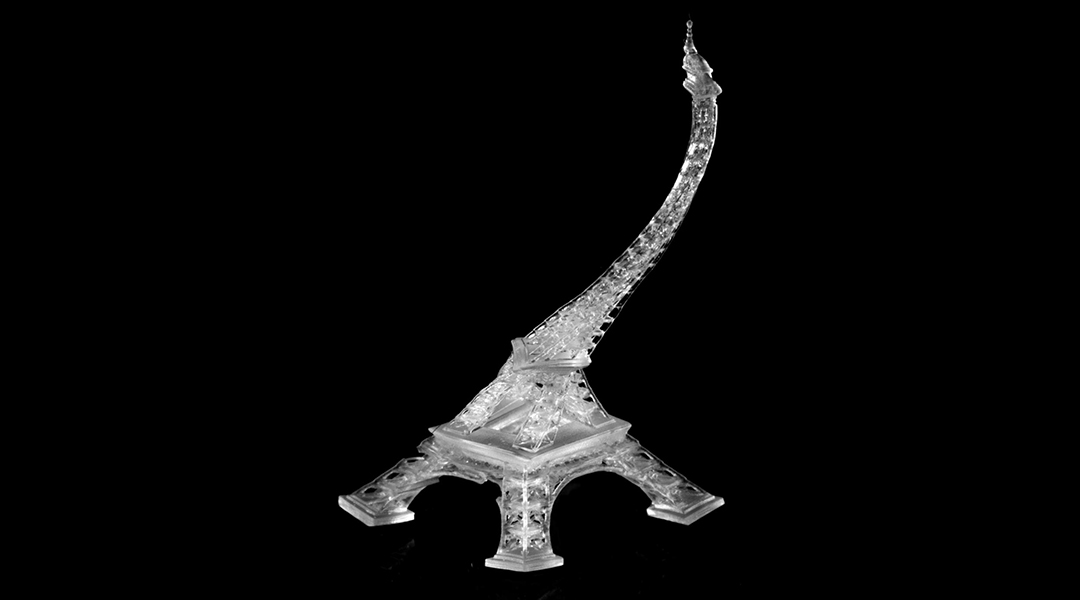
Light provides freedom to control each layer and improves precision and speed.
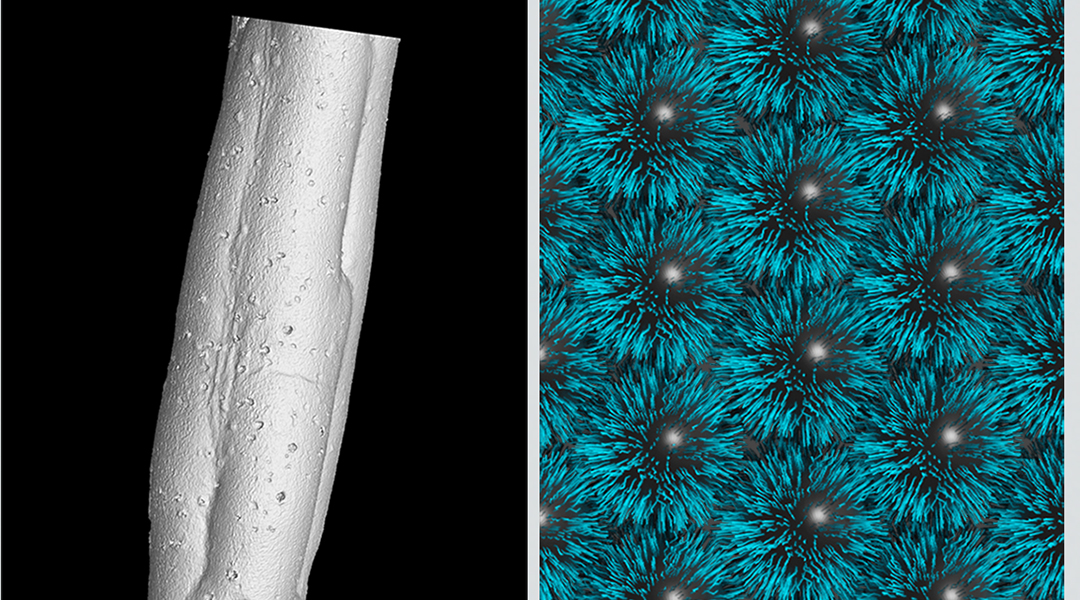
Assembling nanoparticles into macroscale structures could provide new, durable materials for a range of fields and applications.
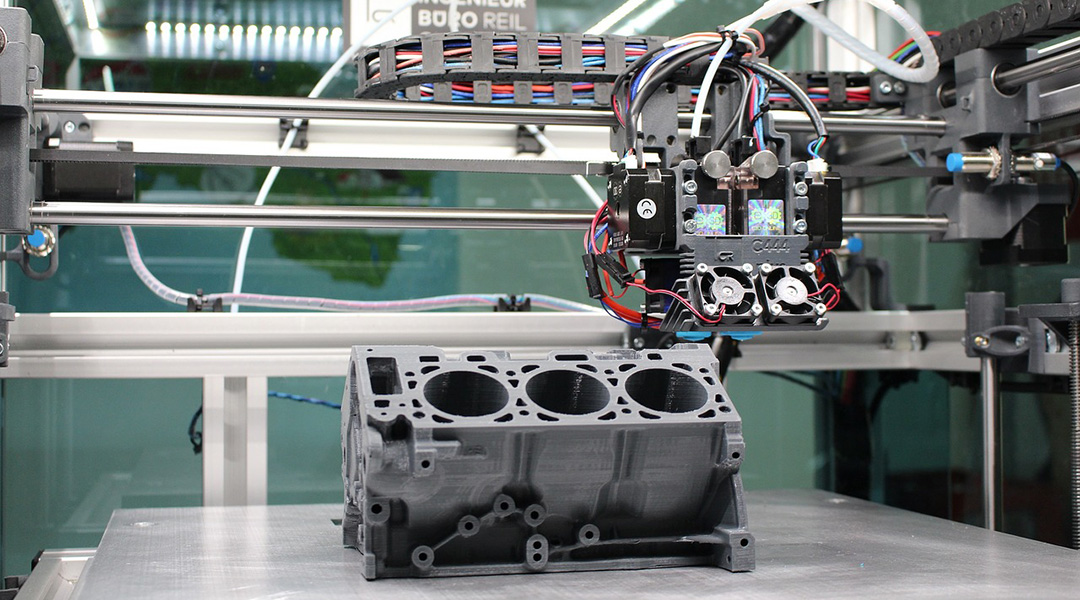
Australian researchers find copper to be the perfect match to significantly improve 3D-printing of titanium
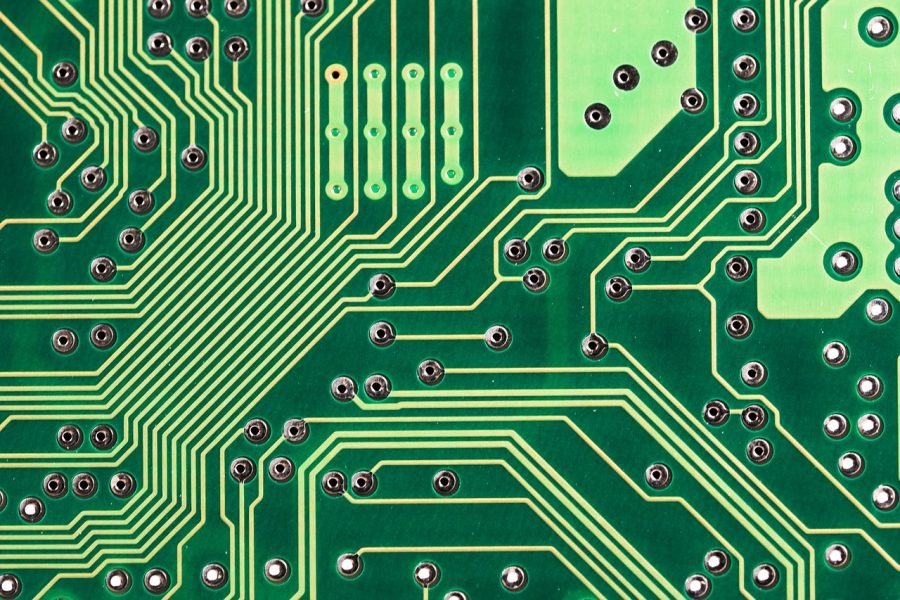
A combination of inkjet and screen printing can be used to print 3D objects with electronic properties using multiple materials.
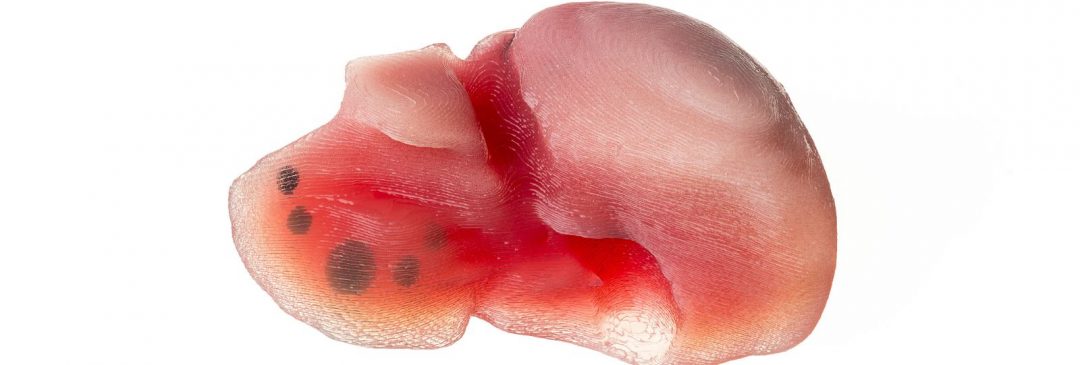
Wacker’s new K2 printer features numerous technical improvements, allowing scientists to print with up to four different silicone-based materials at once.

By exploiting the capabilities of 3D printing, high performance composite magnets can be precisely patterned into complex shapes and architectures.